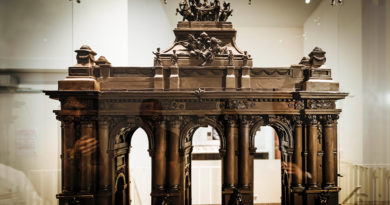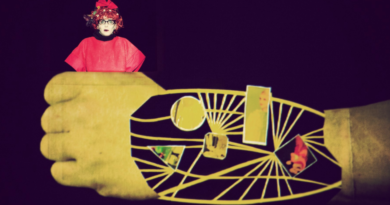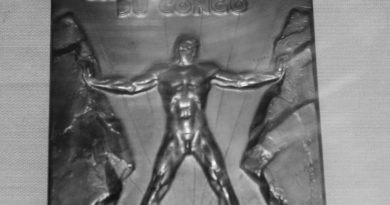Beyond Klimt – Searching for an international identity in art
New Horizons in Central Europe
The exhibition Beyond Klimt in Bozar portrays the artistic developments and diverse avant-garde movements in Central Europe between the key years of 1914 and 1938. It gives visitors the chance to familiarise themselves with the international avant-garde movements – surrealism, expressionism, new realism, constructivism, Bauhaus, which flourished after WWI. The exhibition features approximately eighty artists, including Gustav Klimt, Oskar Kokoschka, Koloman Moser, Egon Schiele, László Mohaly-Nagy, František Kupka and Alfred Kubin.
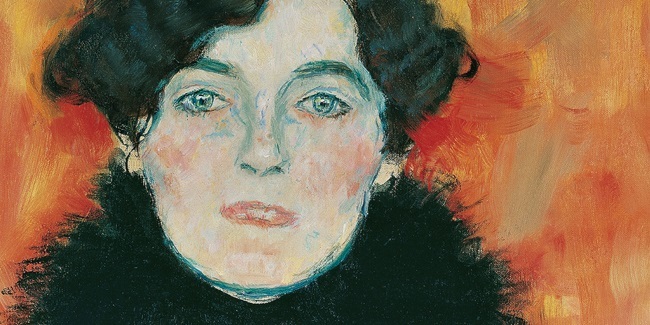
The First World War caused a rift in European history and art, resulting in radical geopolitical, economic and artistic changes. The war caused a decline in the artistic movement after 1914 when millions of people were mobilised. Ten out of the eighty artists displayed in the gallery have been killed for political and ethical reasons. The room ’’War and disillusionment’’ is exceptionally moving. Artists such as Mednyansky and Egger-Lienz were correspondents on the battlefield, showing the misery and sadness of exhausted figures in ragged clothing. Instead of portraying glorious strong warriors, they painted the horrible truth – struggling people and the devastating psychological effect war has on humans.
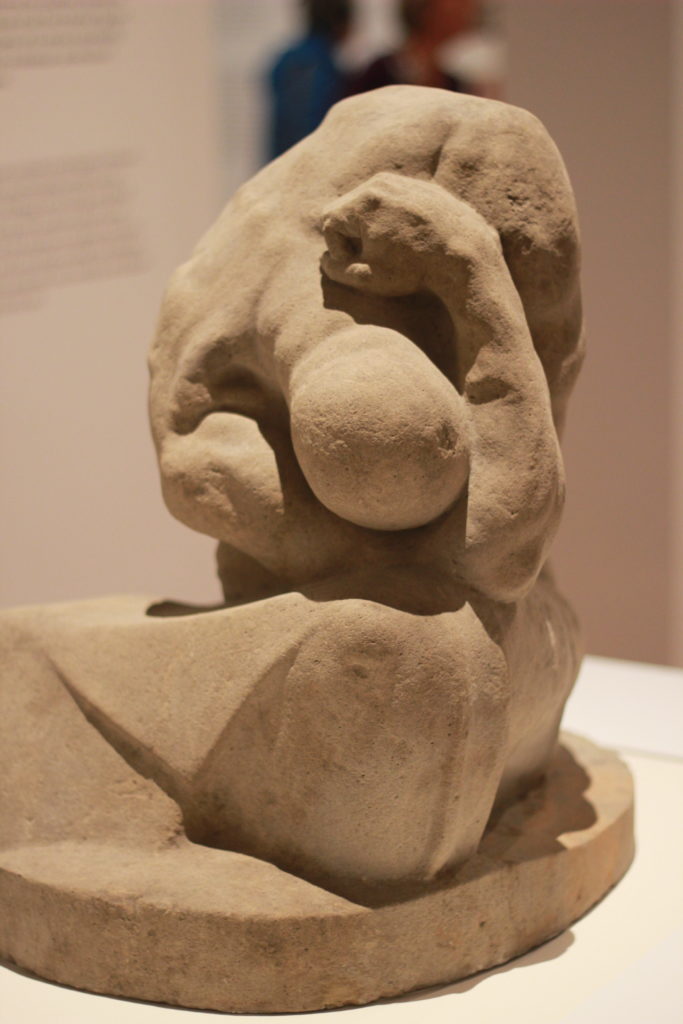
In 1918 the Austro-Hungarian Empire was divided into smaller nation-states. It consisted of contemporary Austria, Hungary, Bosnia and Herzegovina, Croatia, Czech Republic, Slovakia, Slovenia and parts of Italy, Montenegro, Poland, Romania, Serbia, and Ukraine.
1918 is also the year in which the renowned artists Gustav Klimt, Egon Schiele, Koloman Moser, and Otto Wagner died. Their death represented the end of an era as figureheads of the ‘Wiener Sezession’, their characteristic Art Nouveau style embodied the heyday of the Viennese Belle Epoque. The exhibition represents what came after them and how they influenced the next generation of artists of open borders, more aspects, influences, and artistic trends that flourished in this region.
Artists from the former Austro-Hungarian Empire made contacts with art scenes throughout the world: they formed networks, used magazines to communicate across the new political borders, and met up in art centers and associations. « Art is about communication. The magazines had a similar design but different languages and they were coordinating,’’ says Alexander Klee, a Curator of the exhibition from the Belvedere Museum in Vienna.
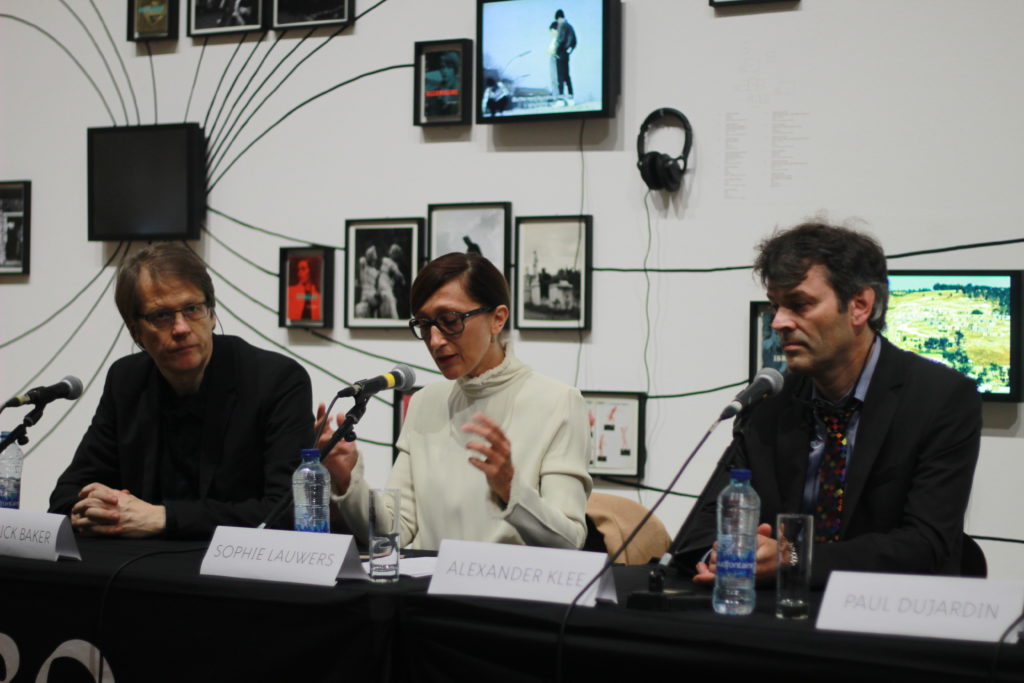
« It is important for people to understand that Realism is not a phenomenon of German-speaking countries, it is everywhere – in the Czech Republic, Slovakia, Hungary and Romania. The political systems may die, but culture is a continuity, it develops, » continues eagerly Mr.Klee.
This exhibition is an independent talk with art and could be difficult to understand because it consists of a great number of artists and covers three decades of a complicated history. It is important to emphasise the fact that culture flourished not only in the big capitals – Paris or Berlin, but also beyond nations or borders, and sometimes if the capitals are situated in the periphery – like Vienna at this point. They are able to start new movements.
But what did identity mean for artists like János Mattis-Teutsch, who was born in Romania and without even moving from his hometown, he had an Austrian, Hungarian, and Romanian passport because the borders were constantly changing. Alphonse Mucha started his work as a strong nationalist exploring the Slavic roots, but then he humanises and becomes an artist searching for universal sentiments. Kokoshka painted one of his most recognised works when he switched his focus from war to music. One can observe how Czech cubism was inspired by Picasso – from math to non-objective forms that create portraits.
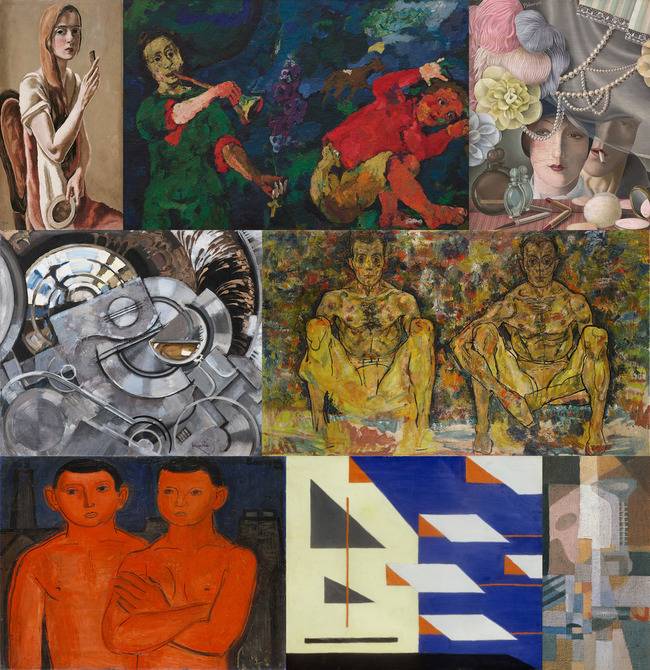
« The more the politics become nationalistic, the more the art becomes international. After the disappearance of the Iron Curtain, it is now possible to rebuild the cultural space. Artists’ identity wasn’t of importance. With all the migration, identity becomes an individual decision and how you want to be. That is a contemporary question: How I define myself and where I stand matters. Neither the passport, nor where I’m born are central points of my identity. However, it is important in which country I was educated and worked in. Both with the unity and diversity, these artists made a different formulation of art, » says the Curator.
On the occasion of Beyond Klimt BOZAR also presents ‘Klimt’s Magic Garden’, a virtual reality experience inspired by the 3 mosaics created by Klimt for the enigmatic Stoclet Palace in Brussels.
You can visit Beyond Klimt between 21.09.2018 – 20.01.2019 in the Centre for Fine Arts – Bozar.

